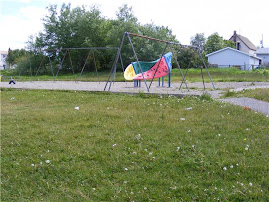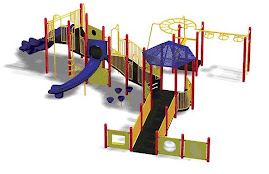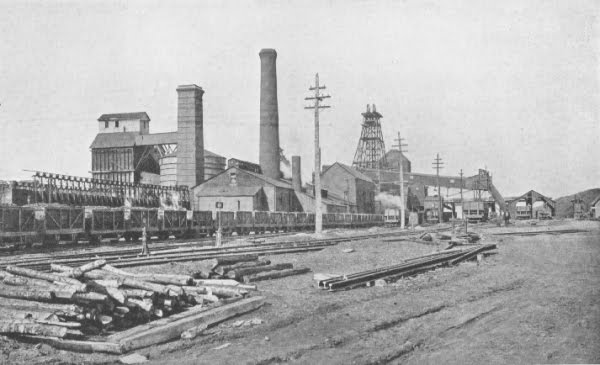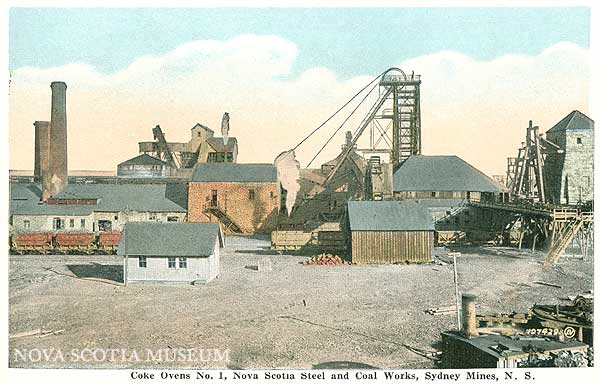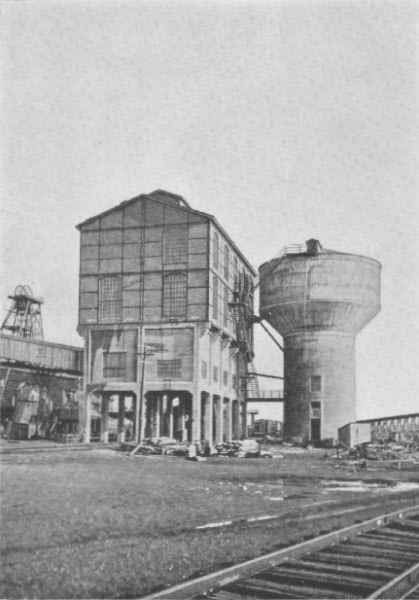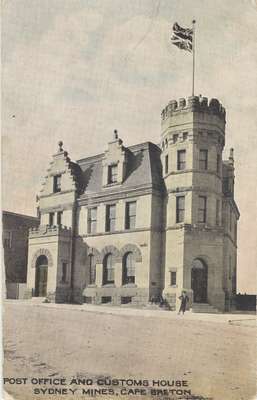OUR BUILD DAY IS OVER
What was once a dream you have helped make it become a reality.
BUILD DAY IS HERE

About Our School
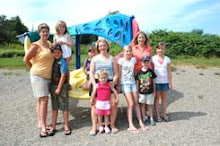
- St. Joseph Elementary
- School Population- 260 Students
Staff- 30
2 School Street, Sydney Mines, B1V 1R3
The Naming Of Our Playground
When we found out that we had to name the playground after someone who had a large impact on our community or a fallen soulder, it did not take us long to come us with the name "Miner's Memorial Playground. Mining had a large impact on this community for many years, and within those years there were men even young boys who lost their lives down under ground in the mines.
Please take a few moments to read the history of mining in our community and you to will see why it was an easy choice.
History of Sydney Mines
Sydney Mines (pop. 8,501) grew up around the rich coal fields of Sydney Harbor and one pit - Princess Colliery - operated continuously for 100 years, from 1875 to 1975. In that time, Princess produced 30 million tons of coal.
The first mining took place in 1766 along the exposed seams of the harbor cliffs. When the General Mining Association took over Cape Breton coal mining in 1827, the area was simply known as "The Mines." Sydney Mines' first house, owned by R. Brown, dates from this era (1829) and still stands at 32 Brown St.
By the turn of the century, Sydney Mines was one of the top coal producing communities in North America. Workers came from Italy, Poland , Germany, Lithuania, Austria, England, Scotland, Nigera and Wales to work in the mines.
A steel plant opened in 1902 and much of the town's infrastructure - sewer, water, electricity, paved streets - was established at that time.
In 1932, Sydney Mines' population peaked at 10,000.
Founded in 1784 and incorporated as a town in 1889, Sydney Mines has a rich history in coal production, although mining activity has now ceased.Sydney Mines is on the northern side of Sydney Harbor, near the mouth. It was earlier known as the Mines due to the coal mines abundant nearby.
NEWS AND EVENTS
PENNY DRIVE

SILENT AUCTION



.gif)
